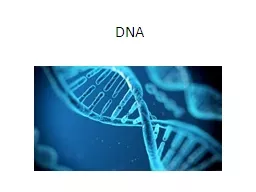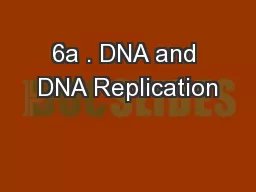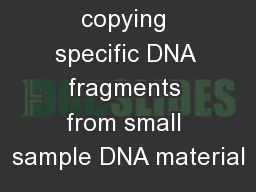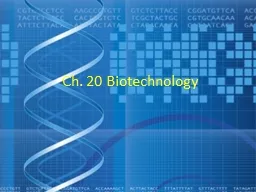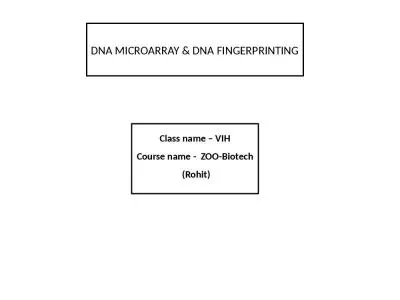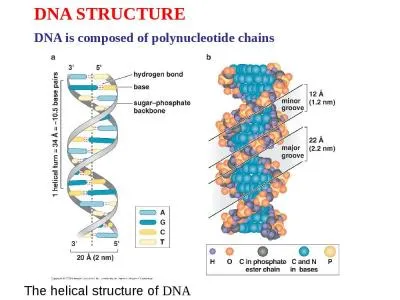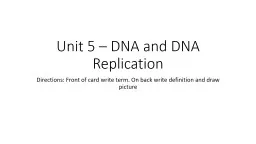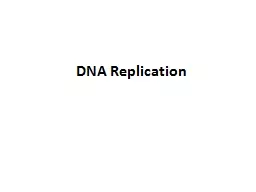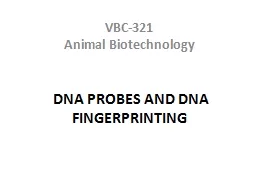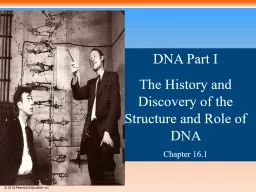PDF-THE HELIXTOCOIL TRANSITION IN DNA
Author : mila-milly | Published Date : 2022-09-06
1 THE DNA DOUBLE HELIX the basic building template ontrolling the amino acid sequences that form the genes DNA is formed of backbone phos side group amine bases
Presentation Embed Code
Download Presentation
Download Presentation The PPT/PDF document "THE HELIXTOCOIL TRANSITION IN DNA" is the property of its rightful owner. Permission is granted to download and print the materials on this website for personal, non-commercial use only, and to display it on your personal computer provided you do not modify the materials and that you retain all copyright notices contained in the materials. By downloading content from our website, you accept the terms of this agreement.
THE HELIXTOCOIL TRANSITION IN DNA: Transcript
Download Rules Of Document
"THE HELIXTOCOIL TRANSITION IN DNA"The content belongs to its owner. You may download and print it for personal use, without modification, and keep all copyright notices. By downloading, you agree to these terms.
Related Documents


